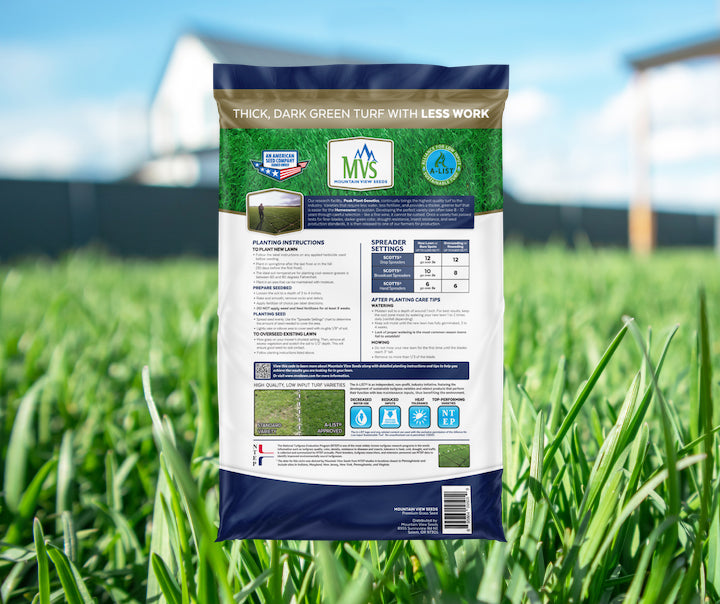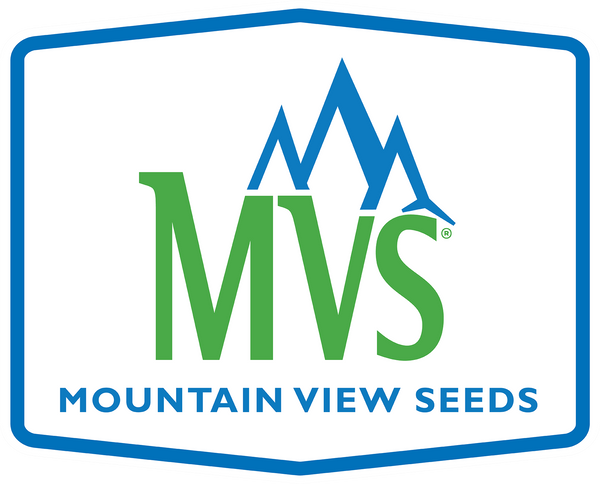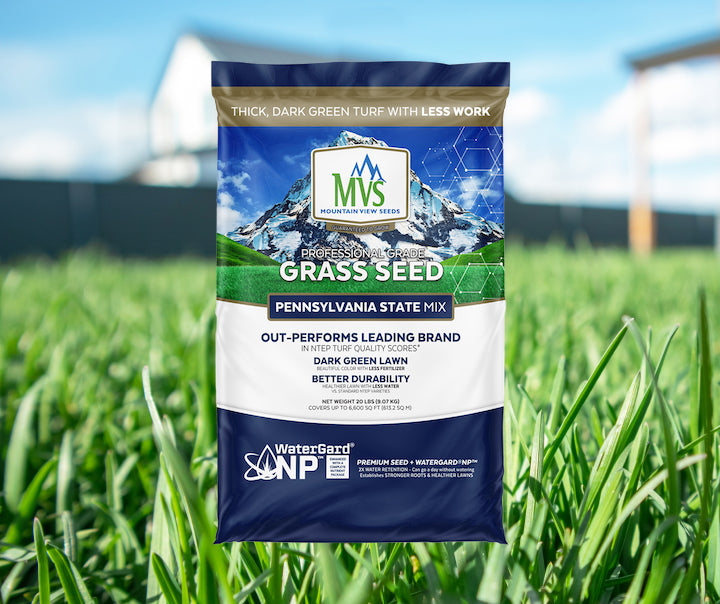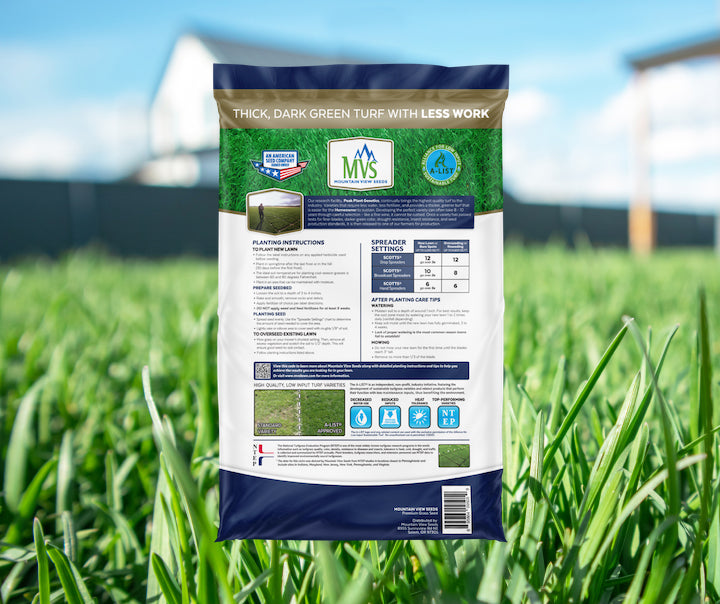Pennsylvania State Mix
Pennsylvania State Mix
Want the thickest, greenest turf with less work? Tired of your lawn burning out in the summer? Specially blended for the growing conditions in Pennsylvania State, Mountain View Seeds professional grade grass seed out-performs the leading brand in NTEP turf quality scores for a beautiful, greener lawn that is healthier and more durable. Mountain View Seeds are guaranteed to grow and produce a thicker, heat and drought resistant lawn with less fertilizer, less water and less mowing.


Why Your Lawn Needs This —
Weather in the Keystone state is tough on grass.
Frigid winters and brutally hot, dry summers are less than ideal for a great lawn! Most grass species are not well adapted to this region so selecting a product that is developed for the specific Pennsylvania climatic conditions is extremely important. Most retail Sun/Shade, Pennsylvania, and Northeast mixes are predominately Perennial Ryegrass, Kentucky Bluegrass and Fine Fescue. Perennial Ryegrass and Kentucky Bluegrass species do not perform well in the heat and drought of Pennsylvania summers but used in small amounts can add performance to the overall mix.
Developed specifically for the region the new Mountain View Seeds Pennsylvania State Mix will thrive in the harsh Pennsylvania climate and produce a dark green lawn, without the need for extra inputs that are harmful to the environment.

Pennsylvania State Mix
When discussing turf species cultivar selection with anyone who has a question of "what grass should I plant?", I always stress a better ingredients, "better turf" mindset. Regardless of if it's a highly maintained golf green, stadium sports field or a moderately maintained lawn, the ingredients do matter! With respect to lawns in this region and based on my personal observations and measurements of numerous species and cultivar trials for nearly two decades at Purdue is that turf-type tall fescues or seed mixtures dominated by turf-type tall fescues provide better turf late in the season (late-July through September) relative to lawn turf areas
with high percentages of perennial ryegrass. This is especially true for those lawns that do not receive supplemental summer irrigation and little seasonal nitrogen inputs.
Cale A. Bigelow Ph.D.Professor Department of Horticulture and Landscape ArchitectureTurf Science, Management and EcologyPurdue University
FAQ —
Where can I apply this mix?
Where can I apply this mix?
Developed specifically for Pennsylvania, Mountain View Seeds Pennsylvania State Mix will thrive in the harsh Pennsylvania climate and produce a dark green lawn, without the need for extra inputs that are harmful to the environment.
When is the best time to apply this mix?
The MVS Pennsylvania Mix can be planted in either the fall or spring. Both presents positives and negatives and a whole yard approach should be considered.
Spring planted (for optimal results): Typically seeding happens between late April and mid-May once soil temperatures have risen above 60. Regular waterings will be needed as supplemental moisture from rain may not exist. Stay off newly planted lawn for a minimum of 6 weeks to allow for best establishment. The longer you can wait to use the lawn the healthier it will be. Mow once leaves reach 3-4 inches in height making sure not to remove more than 1/3 of total blade height.
Fall Planted (utilize mother nature): Typical seeding happens from mid-September to mid-October. Often rain is available as a supplemental irrigation. Early cold snaps can stunt growth and often heavy rains will wash away seed that is left uncovered. Fall seedings usually require spring overseeding but offer a useable lawn earlier in the summer.


